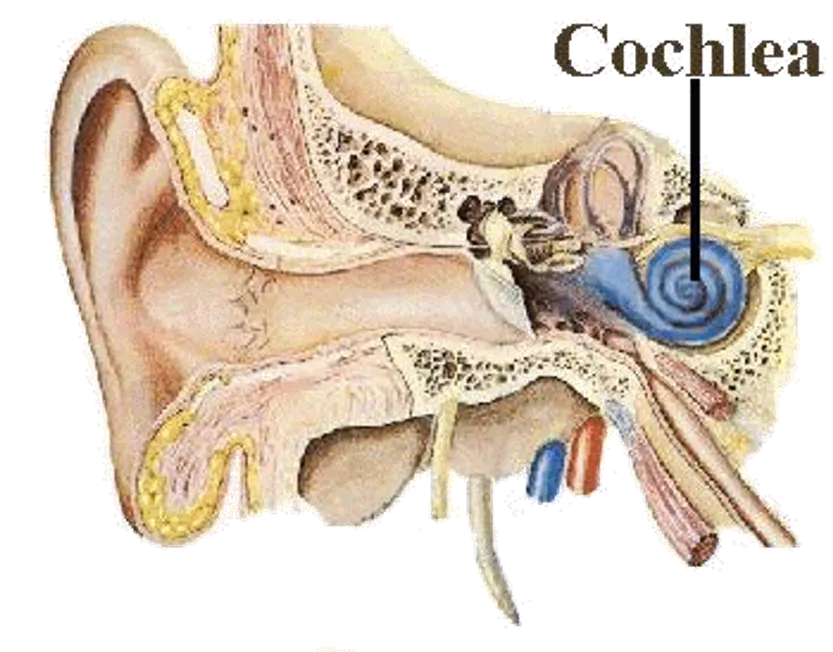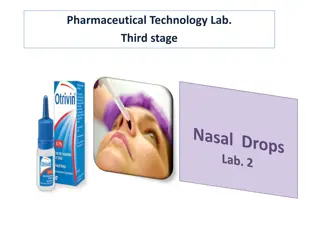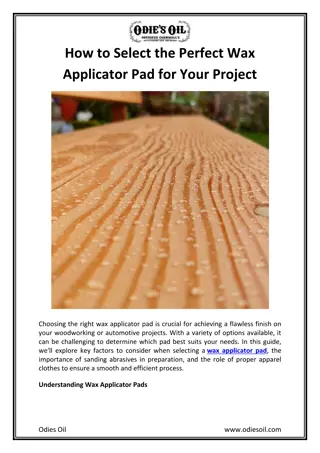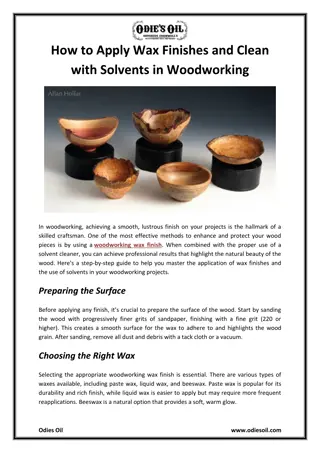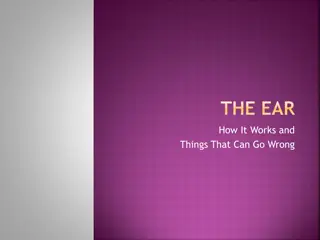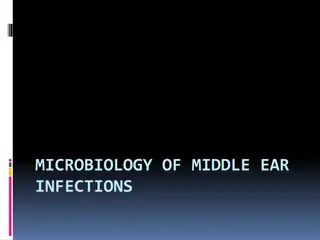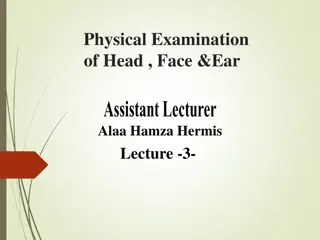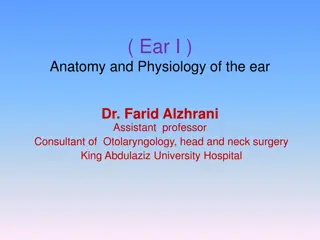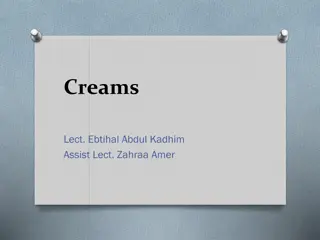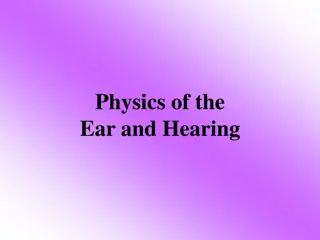Ear Wax (Cerumen) and Its Management
Ear wax, also known as cerumen, is a yellowish waxy substance secreted in the ear canal to protect, clean, and lubricate. Excess ear wax can lead to hearing issues, such as partial loss or malfunction of hearing aids. Learn about the types of ear wax, symptoms of blockage, and safe methods of removal like cerumenolysis.
Download Presentation

Please find below an Image/Link to download the presentation.
The content on the website is provided AS IS for your information and personal use only. It may not be sold, licensed, or shared on other websites without obtaining consent from the author.If you encounter any issues during the download, it is possible that the publisher has removed the file from their server.
You are allowed to download the files provided on this website for personal or commercial use, subject to the condition that they are used lawfully. All files are the property of their respective owners.
The content on the website is provided AS IS for your information and personal use only. It may not be sold, licensed, or shared on other websites without obtaining consent from the author.
E N D
Presentation Transcript
Ear wax (cerumen) yellowish waxy substance secreted in the ear canal It protects the skin of the ear canal, assist in cleaning, lubrication and antibacterial effects Excess cerumen can press against the eardrum or occlude (block) the external auditory canal or hearing aids, potentially hindering hearing.
In older persons earwax becomes dense and drier Hair becomes thicker and coarse entrapping the hard dry cerumen in the canal Water that enter the canal during a shower or swimming may cause swelling of the cerumen resulting in blockage of the canal.
Partial hearing loss Hearing aids malfunction due to increased ear wax impaction Otalgia Tinnitus Vertigo Feeling of fullness in the ear
Cerumen is a viscous secretion which contains shed layers of skin, keratin, fatty acids and cholesterol Two forms dry type and wet type Wet type is dominant and dry type is recessive Asians and native Americans gray and flaky African and European brown and dark brown
Cleaning of the ear canal occurs as a result of epithelial migration aided by jaw movement Along with the wax, debris and other unwanted particles is been carried towards outward of the ears
Ear wax removal is discouraged unless excess earwax is causing health problems Ear Syringing or irrigation Wax softners cerumenolytics Suction Instrumentation -Curette method Cotton swabs push most of the earwax into the ear canal and remove only a small portion of the wax and also adhere the fibers.
Cerumenolysis Topical preparations to remove ear wax Cerumenolytics are oil,and glycerine, Sodium bicarbonate in water, olive oil Cerumol (turpentine and dichlorobenzene) Docusate, emulsifuying agent Should be used 2-3 times (1-2 drops) daily for 3 5 days prior to the cerumen extraction. Cerumenolysis

 undefined
undefined






